Hydraulic Rolling Mill (AGC) Gauge Control System
1. Overview of AGC system configuration of rolling mill
The AGC system adopts the two level PLC control scheme, which is a computer system which integrates the process communication of rolling, the parameter transfer, the AGC control and the fault alarm. The lower integrates gap and pressure control, and the host computer and the lower carry out real-time data exchange through Ethernet network to complete the rolling process control. The AGC system is realized by using SIEMENS S7-400 +FM458 special axis positioning module. The AGC system and the basic automation PLC are connected to the transmission system and the remote station through the Profibus field bus to realize the exchange of the process parameters. The system is stable and reliable.
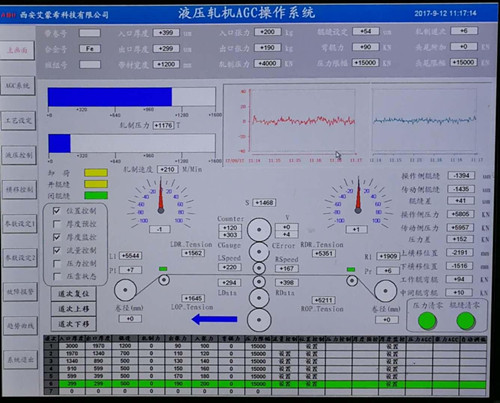
2. AGC system function
a、Roll gap control (GAP CONTROL): roll gap control is the basic inner ring of AGC control, which is used in conjunction with other AGC modes. The displacement sensor can be installed on the screw-down cylinder of the rolling mill. The cylinder on the operating side of rolling mill and the drive side respectively with two sensors to obtain the position feedback signal, and then the two signal averaging produces a signal representing the central position, the average value of a given signal and roll gap compared with the difference between the two to drive the servo valve, adjust the pressure on the oil cylinder makes the difference zero.
b、Pressure control (LOAD CONTROL): pressure control is the second basic loop of the hydraulic mill control, and it also needs to be used with other control modes. The pressure sensor installed on the upper oil cylinder detects the pressure in the cylinder, and obtains the rolling force feedback signal through transformation. The signal is compared with a pressure given signal, and the servo valve is driven by the difference between them, and the pressure is adjusted to make the difference go to zero. The pressure control is mainly used for the pressure AGC control, the rolling mill prepressure and the zeroing, the rolling mill debugging and the fault diagnosis.
c、Pressure AGC control (GAUGE METER): this control is also known as the variable rigidity of the hydraulic mill. The pressure AGC control can effectively increase the rigidity of the rolling mill, so that the equivalent rigidity of the rolling mill is far greater than the natural rigidity of the rolling mill. In the rolling process, the rolling pressure were detected in the operating side of the rolling mill and drive side of the control system, according to the rigidity curve of the mill, calculate the tensile force caused by rolling rack, relative to the expected any changes of the frame stretching into the roll gap control loop dynamic compensation. If the above changes are completely compensated, that is, 100% compensation, the rolling mill will show an infinite rigidity. The roll gap will not be influenced by the thickness and hardness of the incoming material, and it will produce a constant outlet thickness. However, 100% of the mill rigidity compensation will make the backup roll eccentricity completely printed and rolled on the strip, which will affect the rolling accuracy. In practice, the percentage of the compensation must be adjusted to get the best rolling mill performance.
d、 Gap and pressure tilt control (GAP/LOAD TILT CONTROL): by adjusting the operation side and the drive side separately, the roll is tilted and the deviation control is used to control the strip shape.
e、Backward (GAUGE BACKWARD CONTROL): through the export side gauge to detect the thickness deviation of the strip , control the roll gap or rolling pressure, and make the thickness deviation to zero. Backward can eliminate the influence of thermal expansion and rolling speed on the thickness of the outlet, eliminating the change of the inlet thickness and the change of the hardness of the inlet strip.
f、Forward control: through the entrance side thickness detection , the thickness of the FIFO list, after a time delay, according to the value of the entrance side thickness to control gap or rolling force, the thickness deviation of strip mill outlet decreases. The time delay depends on the distance between the entrance gauge and the the work roll and the line speed of the rolled material.
g、Flow control (MASS FLOW CONTROL): according to the principle of constant flow, in unit time, entering the mill strip rolling mill export volume should be equal to the volume, therefore, can be calculated by measuring the the entrance and the exit speed and thickness of the entrance, Get the theoretical thickness of the exit. the calculation of thickness and thickness deviation to control gap or rolling force, at the same time, the control was corrected by measuring the actual thickness deviation of strip exit thickness measured.
h、Tension AGC (GAUGE TO TENSION CONTROL): By adjusting the inlet tension of the rolling mill, makes the thickness deviation of the strip on the exit side to zero.
i、Speed AGC (GAUGE TO SPEED CONTROL): By adjusting the rolling mill speed, so that the strip thickness deviation of the outlet side tends to zero.
J、Speed compensation control (COMPENSATION CONTROL TO ACC OR DEC SPEED):
In the process of acceleration or deceleration,the exit thickness varies with the rolling speed changes, the export thickness will be seriously poor, speed compensation control will be based on the mathematical model of rolling mill to adjust roll gap or real-time rolling pressure, to compensate for variations in thickness. Reduce the thickness error of rolling mill deceleration segment. (generally, the strip will be automatically reduced when the speed is accelerated and the strip will be automatically thickened when it decelerates).
k、Rolling process selection (MILL SET UP): the mill control system is configured with a rolling process database, which can store as many as hundreds of rolling processes. Each rolling process includes rolling pass, entry thickness, exit thickness, width, alloy , gap, rolling force, rolling speed and other control parameters. When rolling a sheet of different specifications, only the corresponding rolling process is needed to automatically set the rolling state before each start rolling.
l、Display and operation (DATA DISPLAY AND MILL OPERATION): all parameters and thickness change curves of rolling mill can be displayed in process management and HMI operation station in time, and these parameters can be modified during rolling process.
m、Report generation (AUTOMATICALL REPORTS GENERATION): after the end of each pass or the end of each rolling, the system can automatically generate the milling report, and record the rolling paramters of the coil strip every time. Including: gap, force, rolling speed entrance and exit thickness curve, thickness deviation distribution curve, product precision and so on. After the end of each group and each day, the system can automatically produce report forms and daily daily reports and record the production situation. The reel report, the group report and the daily report will be stored in the production report database.
n、Fault diagnosis (FAULT DIGNOSTICS): the reliability of a control system is ensured by two aspects: one is the system MTBF, this can be guaranteed by selecting the components with high reliability and advanced computer performance; a fault restoration time, fault repair time is of course the sooner the better. The fault diagnosis system provides the system protection and detection means a large number of possible faults can help field technicians to quickly find the system, quickly ruled out.
o、System maintenance (SYSTEM MAINTENANCE): the system has the Intelligence, it can be programmed without any help of other devices, it can debug and modify control parameters online, so that the thickness control system always keeps the best working state.

 中文版
中文版 English
English WeChat
WeChat










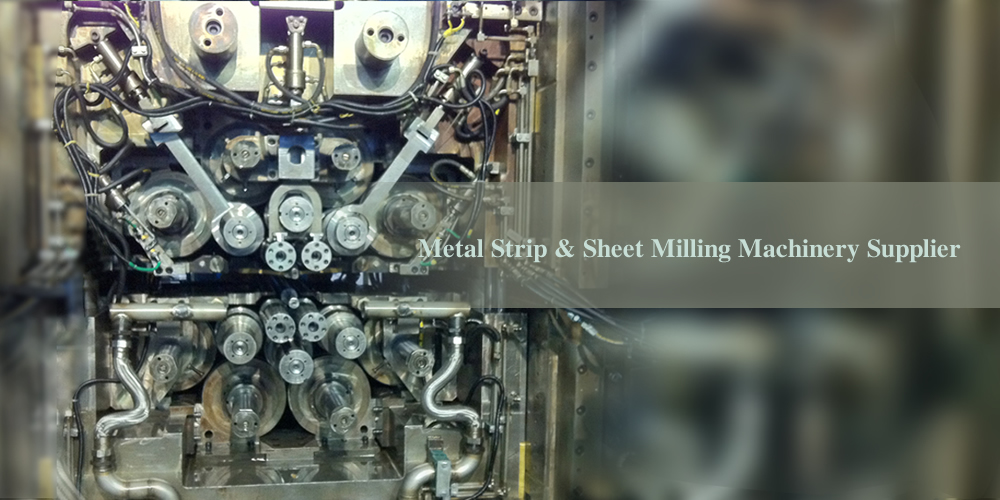
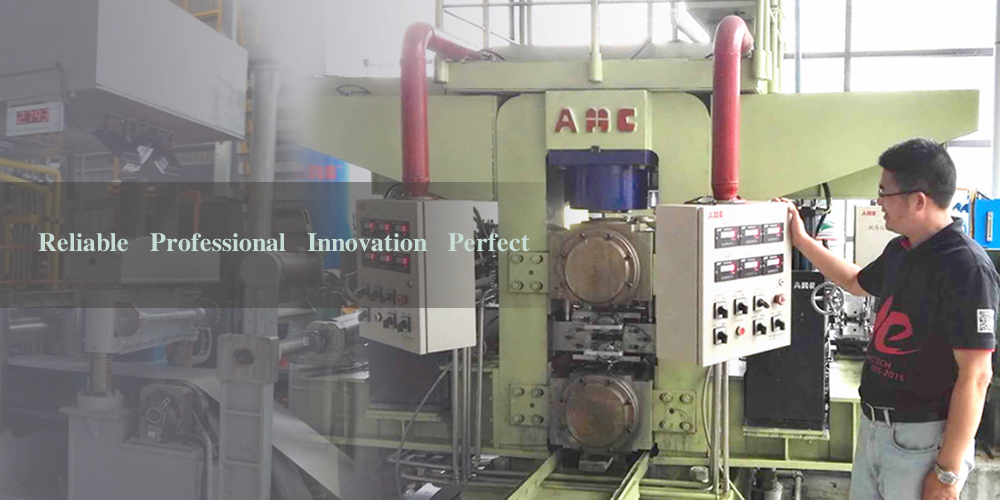
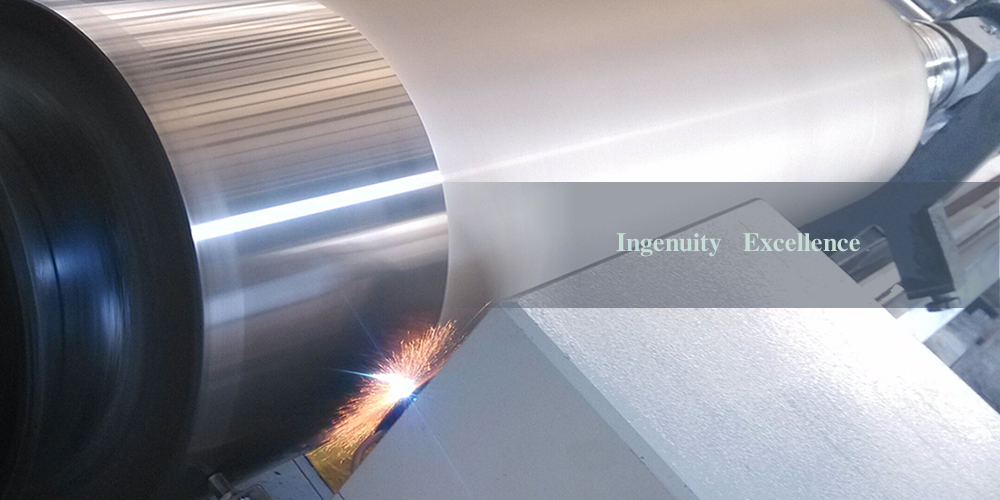
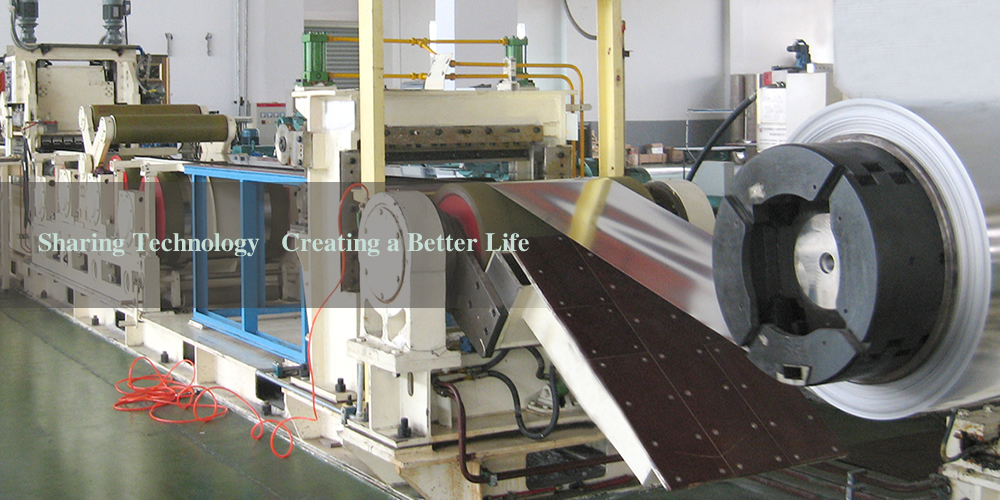
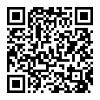 Alibaba Shop
Alibaba Shop